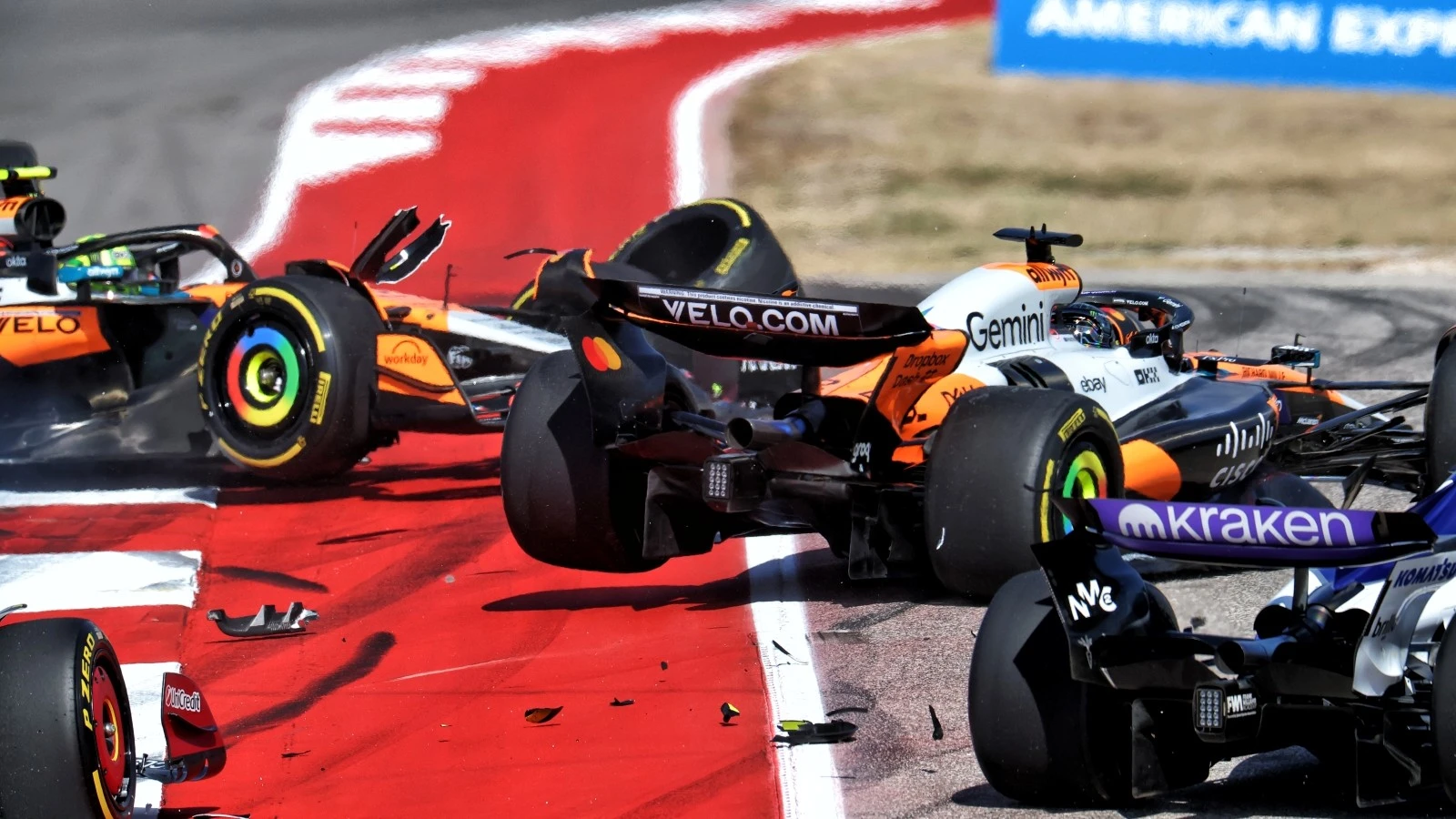Motorsport fans love capturing the action, whether it’s a tight overtake or, unfortunately, a dramatic crash. In the age of social media, everyone with a smartphone is a content creator, and spectacular footage taken from the grandstands can go viral instantly.
However, legal experts warn that capturing and sharing footage taken at public events, even from a legal public space like a racetrack grandstand, carries significant risks, especially when incidents involving injury or distress occur.
The right to film in public (mostly)
The common belief that you need permission to film someone in public is often incorrect.
“Many members of the public seem to believe that they can’t be filmed without giving consent, which isn’t true,” says legal expert Theodore Martin.
In the UK, it is generally not against the law to film someone in public because it is difficult for anyone in a public space to claim they have a reasonable expectation of privacy.
If you’re in public, you can expect to be recorded,” said Martin of Ex Offender Grants, an organisation that helps people with criminal backgrounds access help and financial support.
“CCTV is everywhere and even self-service checkouts film you without capturing your consent on the basis that you do not have a reasonable expectation of privacy.”
But this doesn’t grant fans a free pass to film under any circumstances.
“This doesn’t mean that content creators can simply shove a camera in someone’s face without any legal consequences,” Martin continued.
The crash conundrum: When privacy expectations change
At a motorsport event, the chances of witnessing an accident or an injury is relatively high compared to other spectator sports. While the competitive action happens on track, the aftermath—the medical attention, the distress of those involved—moves into a legally sensitive area.
There are specific scenarios where a person in public may have a reasonable expectation of privacy. These include people suffering medical emergencies, people in distress, and victims of crime.

The law treats the act of making images and the act of publishing them “very differently”. These actions may fall under the Human Rights Act 1998 or the Data Protection Act 2018, which exist to protect people from others meddling in their private affairs.
“Let’s say for example you’re filming at a track and there’s a crash,” said Martin illustrating the potential dilemma for someone capturing footage of an incident. “Medics pull the driver out. What you do next can and will influence whether or not you breach any of that person’s rights.”
At the racetrack, this analogy applies directly to capturing an injured driver or a marshal being attended to.
The peril of sharing footage of distress
“Most reasonable people would not even think about sharing a video of an innocent person in distress, regardless of where they were,” said Martin discussing when a fan captures a serious incident, how they might consider the repercussions of sharing.
While some people share videos privately, others immediately post the content to platforms like TikTok or YouTube, hoping for it to go viral.
“In those more extreme scenarios, it’s possible that the subject’s rights could have been breached,” Martin suggested.
This risk is amplified by modern data protection laws. Under the General Data Protection Regulation (GDPR), a person’s health status is defined as “special category data” adding further to the general minefield of regulations that should be considered before sharing this type of footage publicly.
If a video is shared publicly showing a competitor or bystander receiving medical attention for an injury or medical event, the person who publishes the content may be breaching the regulation by disclosing that individual’s health status.







